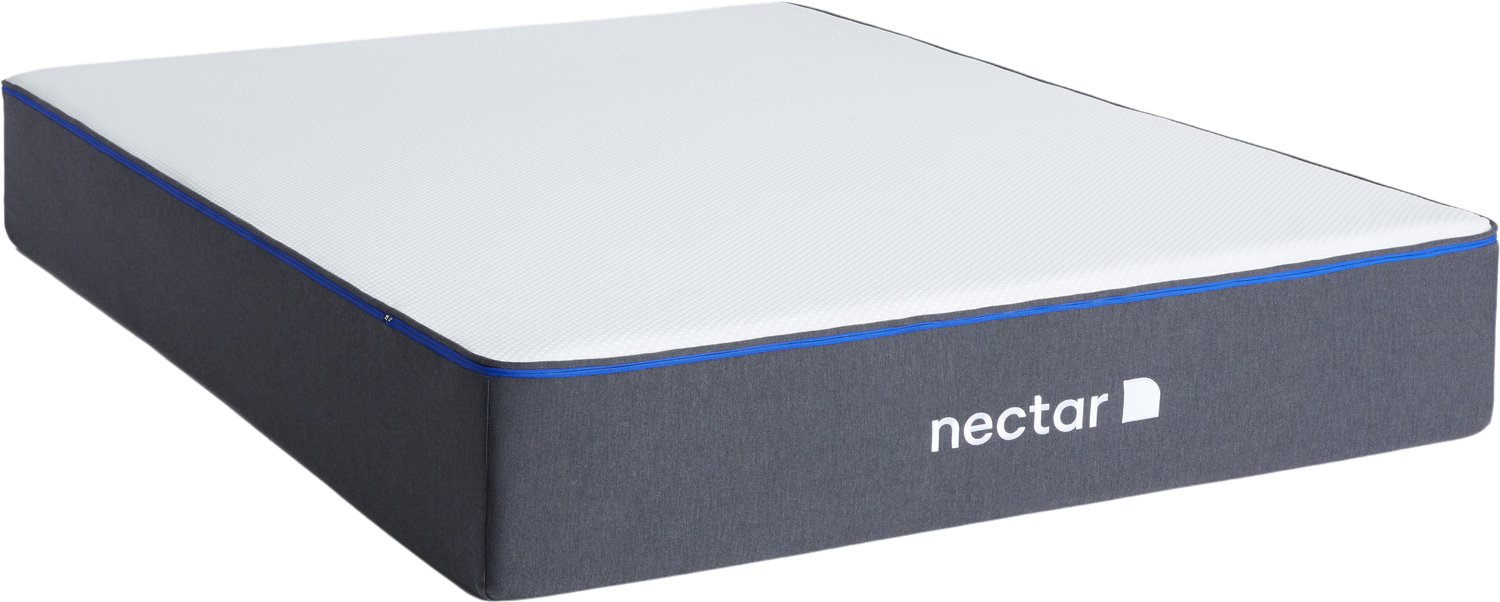1. You Wake Up Feeling Achy and Stiff
Ever rolled out of bed feeling like you’ve aged 40 years overnight? Sore back, stiff neck, aching hips? That’s your mattress screaming for retirement. Over time, mattresses lose their ability to support your body properly, leading to poor spinal alignment and pressure points. If you’re constantly tossing, turning, and waking up with unexplained aches, your mattress might be to blame.
Try this: If your bed sags when you lie down or you can feel lumps and dips under your body, it’s a dead giveaway that your mattress isn’t doing its job anymore. No amount of flipping or rotating will save it—it’s time to invest in a new one.
2. You Can Feel Every Move Your Partner Makes
If you’re sleeping next to someone and feel like you’re on a trampoline every time they roll over, your mattress has likely lost its motion isolation. Older mattresses, especially those with worn-out springs, tend to transfer movement across the bed, meaning you wake up whenever your partner so much as sighs in their sleep.
Try this: If you can place a glass of water on your mattress and see it sloshing around every time you move, that’s a big red flag. A good-quality mattress should absorb movement, not amplify it.
3. You Sleep Better Anywhere but Your Own Bed
Do you mysteriously sleep like a baby at hotels, on your friend’s guest bed, or even on the sofa, but your own bed leaves you feeling restless and groggy? That’s a major sign that your mattress isn’t cutting it anymore. Your body craves proper support and comfort, and if you’re catching better zzz’s in places that aren’t your bed, it’s time to upgrade.
Try this: If your mattress is the common denominator in your bad sleep equation, consider replacing it with one that actually supports you the way it should.
4. Your Mattress Looks Like a Topographical Map
A good mattress should have a smooth, even surface. If yours has dips, lumps, or a permanent indentation that looks suspiciously like your body, it’s way past its prime. Over time, the materials in a mattress break down, leading to uneven wear. And once your mattress is misshapen, there’s no coming back from it.
Try this: Lie down and see if your body naturally rolls into the same sunken spot every time. If you feel like you’re sleeping in a hammock rather than on a supportive surface, it’s time to say goodbye.
5. It’s Old Enough to Remember the Last World Cup (or Even the One Before That)
Mattresses don’t last forever. On average, you should be replacing yours every 7-10 years, depending on the type and quality. If yours is creeping into the double digits, it’s probably lost its support, hygiene, and comfort levels. Even if it looks fine on the outside, inside, the materials are likely deteriorating, and dust mites have probably made themselves at home (gross, I know).
Try this: Check the manufacturer’s tag to see when your mattress was made. If it’s approaching (or has surpassed) a decade, it’s time for an upgrade. Your back—and your sleep—will thank you.
Final Thoughts: Listen to Your Body (and Your Mattress)
Your mattress plays a huge role in how well you sleep and how you feel when you wake up. If you’re experiencing any of these signs, don’t ignore them—your body is trying to tell you something. Investing in a high-quality mattress can make all the difference in your sleep quality, energy levels, and overall well-being.
So, if your mattress has seen better days, now’s the time to start looking for a replacement. Because life’s too short for bad sleep—and waking up feeling like you just fought a wrestling match with your bed.
FAQ: Your Mattress Questions Answered
1. Do I need a new mattress or just a topper?
If your mattress is relatively new but feels too firm, a mattress topper might help add a layer of comfort. However, if your mattress is sagging, lumpy, or causing pain, a topper won’t fix the underlying issue—it’s time for a new mattress.
2. What’s the best mattress to get?
It depends on your sleeping style! Side sleepers often benefit from a softer mattress, while back and stomach sleepers need more support. Hybrid mattresses (combining memory foam and pocket springs) are a great all-rounder. Always look for quality materials and a good warranty.
3. How do I know if my mattress is the right firmness?
Your mattress should support your spine in a neutral position—meaning no excessive sinking or arching. If you wake up with back pain, your mattress may be too soft or too firm for your sleeping position.
4. What should I do with my old mattress?
Many mattress retailers offer removal and recycling services. You can also donate a gently used mattress to a local charity or check for recycling programs in your area. Whatever you do, don’t just dump it—mattresses take up huge amounts of landfill space!
5. How can I make my mattress last longer?
Rotate it regularly (unless it’s a one-sided design), use a mattress protector, and keep it clean. Avoid jumping on it, and make sure your bed frame provides proper support.




